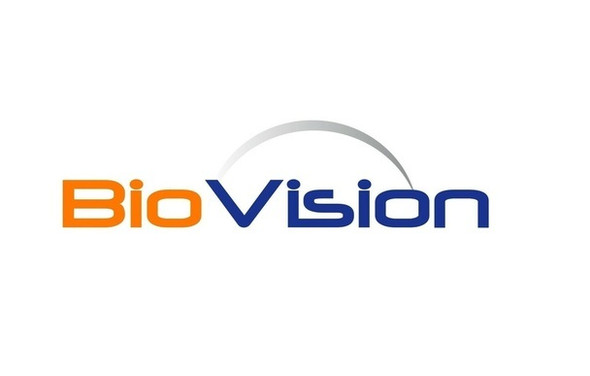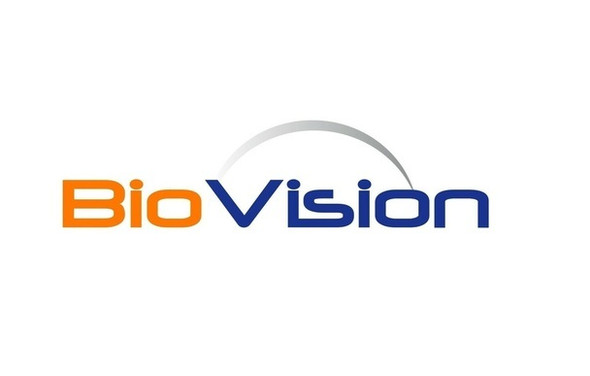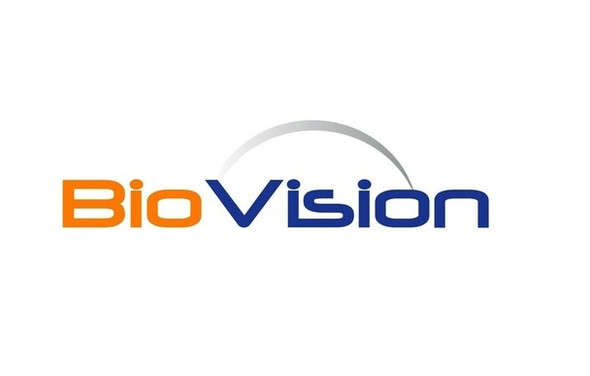Biovision
Human CellExp™ Lipoprotein Lipase, Human Recombinant
- SKU:
- 26-P1309
- Availability:
- Usually Shipped in 5 Working Days
- Size:
- 10 µg
- Storage Temperature:
- -20°C
- Shipping Conditions:
- Gel pack
- Shelf Life:
- 12 months
Description
Biomolecule/Target: LPL
Synonyms: Lipoprotein lipase, LPL, LIPD, HDLCQ11
Alternates names: Lipoprotein lipase, LPL, LIPD, HDLCQ11
Taglines: Involved in the hydrolysis of triglycerides of circulating chylomicrons and very low density lipoproteins
Taglines: USA
Country of Animal Origin: USA
NCBI Gene ID #.: 4023
NCBI Gene Symbol: LPL
Gene Source: Human
Accession #: P06858
Recombinant: Yes
Source: HEK 293 cells
Purity by SDS-PAGE #: N/A
Assay: SDS-PAGE
Purity: N/A
Assay #2: N/A
Endotoxin Level: N/A
Activity (Specifications/test method): N/A
Biological activity: N/A
Results: N/A
Binding Capacity: N/A
Unit Definition: N/A
Molecular Weight: 51.8 kDa
Concentration: N/A
Appearance: Lyophilized
Physical form description: Lyophilized from (0.4 µm) filtered solution 0.5mg/ml in 20mM Tris buffer and 50mM NaCl, pH 7.5.
Reconstitution Instructions: Reconstitute in sterile deionized water to a concentration of 0.5 mg/ml
Background Information: LPL is a lipoprotein lipase, which is expressed in the heart, muscle, and adipose tissue. LPL acts as a homodimer, and has the dual functions of triglyceride hydrolase and ligand/bridging factor for receptor-mediated lipoprotein uptake. Type I hyperlipoproteinemia is a result of severe mutations which cause LPL deficiency, whereas less extreme mutations in LPL are linked to many disorders of lipoprotein metabolism. Lipoprotein lipase (LPL) is a fundamental enzyme in plasma triglyceride hydrolysis and is secreted by macrophages in the subendothelial space. LPL also promotes the development of atherosclerosis through facilitation of monocyte adhesion to endothelial cells, stimulation of tumor necrosis factor alpha (TNF) secretion and induction of vascular smooth muscle cell proliferation.
Amino acid sequence: N/A
Handling: Centrifuge the vial prior to opening.
Usage: For Research Use Only! Not to be used in humans






